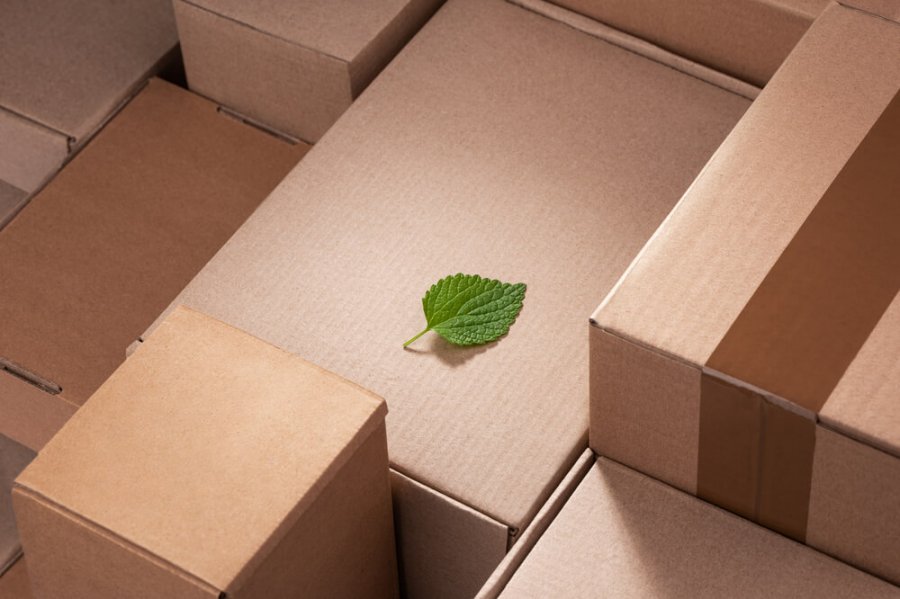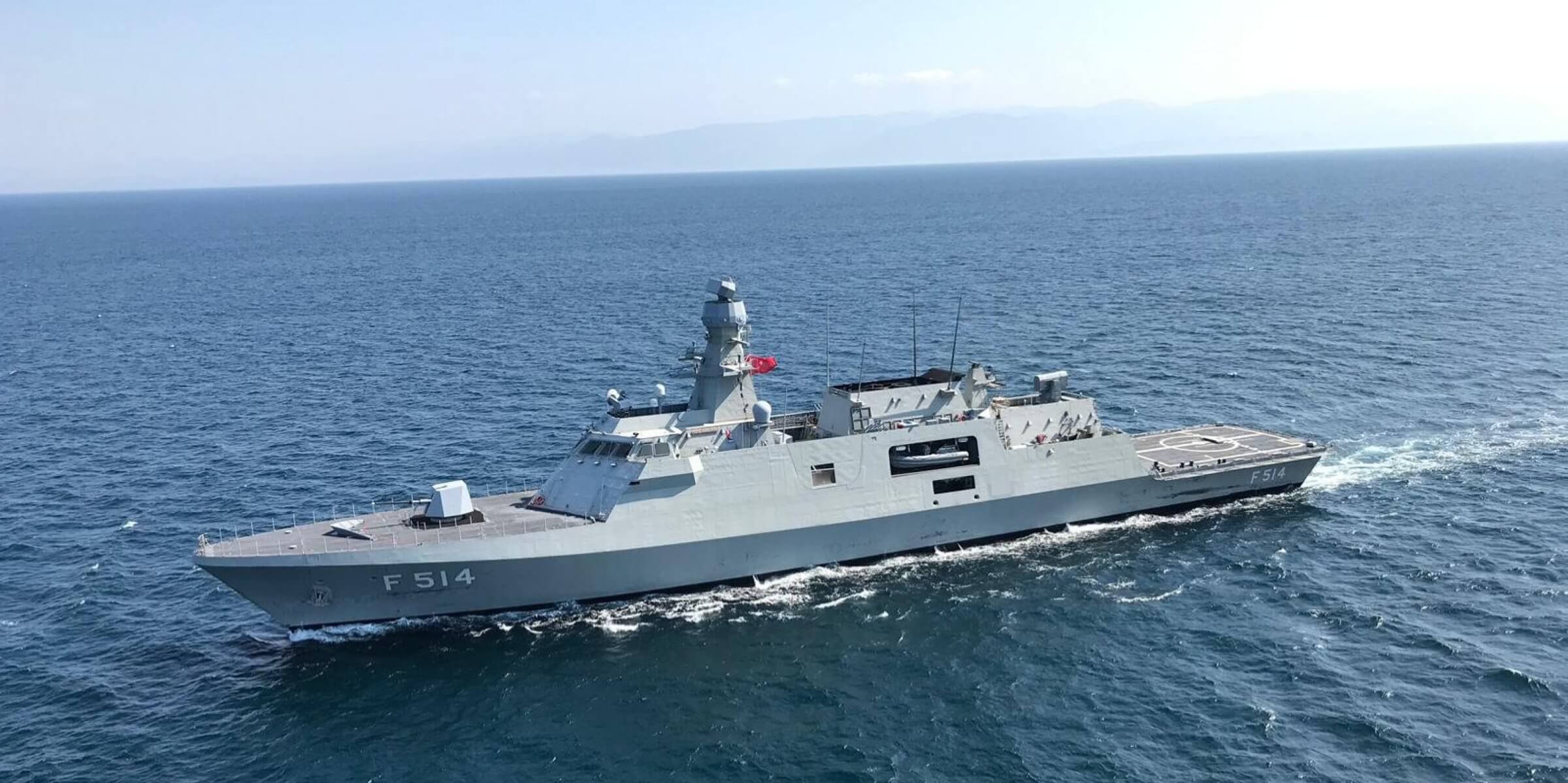Last year was the hottest in recorded history for the oceans around the globe. Antarctica’s ice sheet is melting nearly six times as fast as it used to be, 40 years ago. In the 1980s, Antarctica lost 40 billion tons of ice annually, but that number reached to an alarming average figure of 252 billion tons per year over the past decade.
Two glaciers, the Pine Island and the Thwaites which are the ice sheet regions of Antarctica, in the western region of the continent are on the verge of collapse. If these glaciers went down, it could result as rising in sea levels, up to 10.8 feet (3.3 meters).
The fastest destabilizing sections of the Thwaites Glacier are contributing to the 4% sea-level rise worldwide. According to a recent study, the glacier is possibly going to hit the point of irreversible melting, after which it will lose all of its ice over a period of 150 years.
The Thwaites and Pine Island glaciers include at least 20,000 square miles of land (about the surface area of the US and Mexico combined). But as ocean temperatures are escalating, it causes warmer water beneath such ice sheets to cause them to melt from underneath, making the whole region destabilized.
A team of scientists has suggested an out of the box strategy that could stop Western Antarctica from collapsing.
In a new study published in the journal Science Advances, they proposed pumping water from the ocean up to the melting portion of the glaciers via pipelines, converting the water into artificial snow, and then shooting the snow via cannons over the targeted points.
This could slow down the glacial melt and make these glaciers stabilize up to a notable extent, according to the calculation, if an enormous amount of snow would be created,
Levermann’s team calculated that to stop the melting process, they would have to add 7.4 trillion tons of snow, to the section of glaciers equals to the area of Costa Rica, over the period of a decade.
The process would involve sucking water from the ocean at Antarctica’s base and pumping it 2,100 feet to the glacial surface then blowing it out as artificial snow.
“For context, I think Big Bear’s artificial snow system can make roughly 20 tons of snow per minute,” Jane Flegal, a science policy expert said while referring to the California ski resort. “So to do this, some system (powered by zero-carbon energy, I’d hope) would have to run Big Bear’s artificial snow-making, which is pretty serious, for 700,000 years.”
If just Thwaites will melt, sea levels would rise 1.5 feet. But the loss of this glacier could start a series of melting process across Antarctica, which could raise sea levels by an additional 8 feet. That’s why slowing down this melting process is so crucial for the future of our planet.


























Leave a Reply